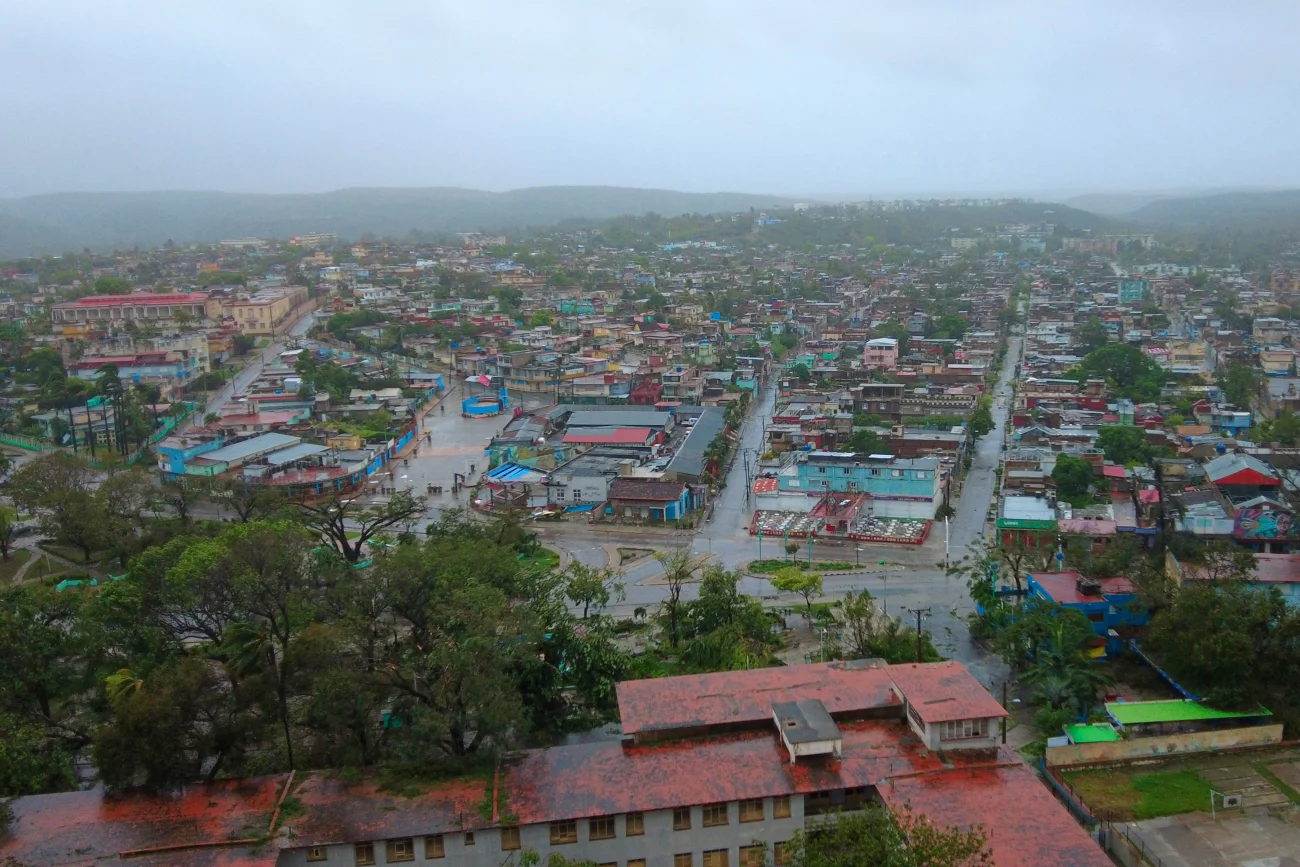As Hurricane Melissa bore down on Jamaica, the island nation braced for what officials described as a near-total disaster. With sustained winds exceeding 185 mph (298 km/h) and relentless rainfall, the country faces massive destruction of infrastructure, homes, and livelihoods. The full scale of the damage is still emerging. Large swaths of the western and southern regions remain cut off by floodwater and fallen debris.
Record-Breaking Winds, Floods and Power Failure
Melissa made landfall as a Category 5 storm. It landed in southwestern Jamaica with wind speeds that tied or exceeded some of the strongest ever recorded in the Atlantic Basin. The Washington Post+2opb+2 A storm surge up to 13 feet (4 m) and rainfall potentially exceeding 40 inches overwhelmed coastal areas. Also, interior regions were overwhelmed. AP News+1 In one of the hardest-hit parishes, St. Elizabeth Parish, officials reported that the area was “under water.” Families remained trapped in homes inaccessible by road. The Guardian+1 With about three-quarters of the island temporarily without electricity, communications were severely disrupted — hampering rescue efforts and delaying damage assessments. WYFF
Impact on Tourism and Agriculture Threatens Economy
The economic consequences of Hurricane Melissa could be long-lasting. Jamaica’s tourism industry, which accounts for roughly one-third of its GDP, suffered major blows. Major resorts and the main airport in Montego Bay were cut off by flooding and wind damage. One local official described part of the city as having been “split in two” by floodwaters. ABC News Rice fields and vegetable farms in the country’s breadbasket were decimated by flood and erosion. This has cast uncertainty over the island’s food security and export earnings. Farmers whose homes were destroyed face “enormous” financial recovery challenges in the weeks and months ahead, according to rural producer networks.
Climate Change Amplifies the Storm’s Fury
Meteorologists and climate scientists warn that Melissa’s rapid intensification and record-setting strength are consistent with trends linked to a warming Caribbean Sea. The Guardian+1 Infrastructure was not designed to withstand direct strikes from Category 5 storms. Jamaica’s leadership appealed for international aid even before post-storm recoveries could begin in earnest. With roads washed out, power poles snapped, and hospitals damaged, the practical question is no longer just how to save lives during the storm. It is also how to build resilience for the future.
The slow movement of the storm, combined with mountainous terrain prone to landslides and flooding, also increased the risk of secondary disasters. Flash floods and mudslides were flagged as “life-threatening” by agencies monitoring the event. AP News+1 As the island enters the cleanup phase, the focus will inevitably shift to reconstruction, economic stabilization, and preparing for future storms. Future storms may only grow more severe.



